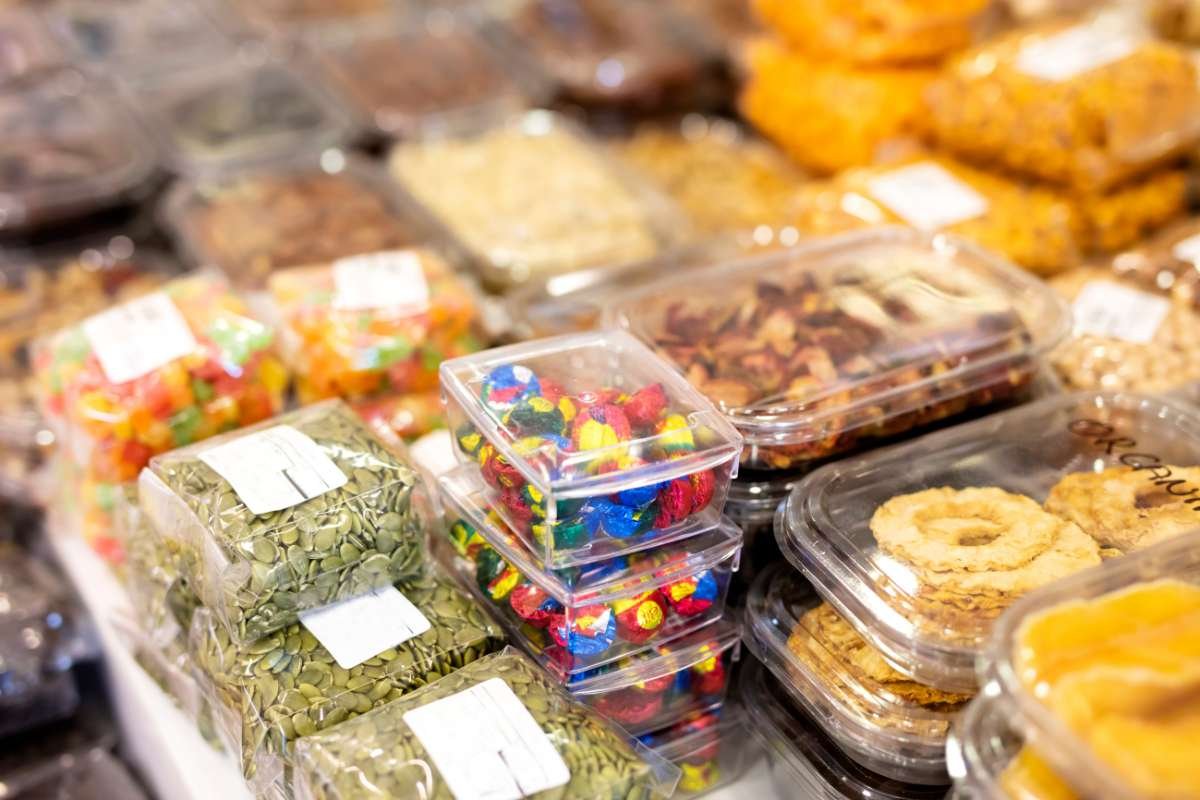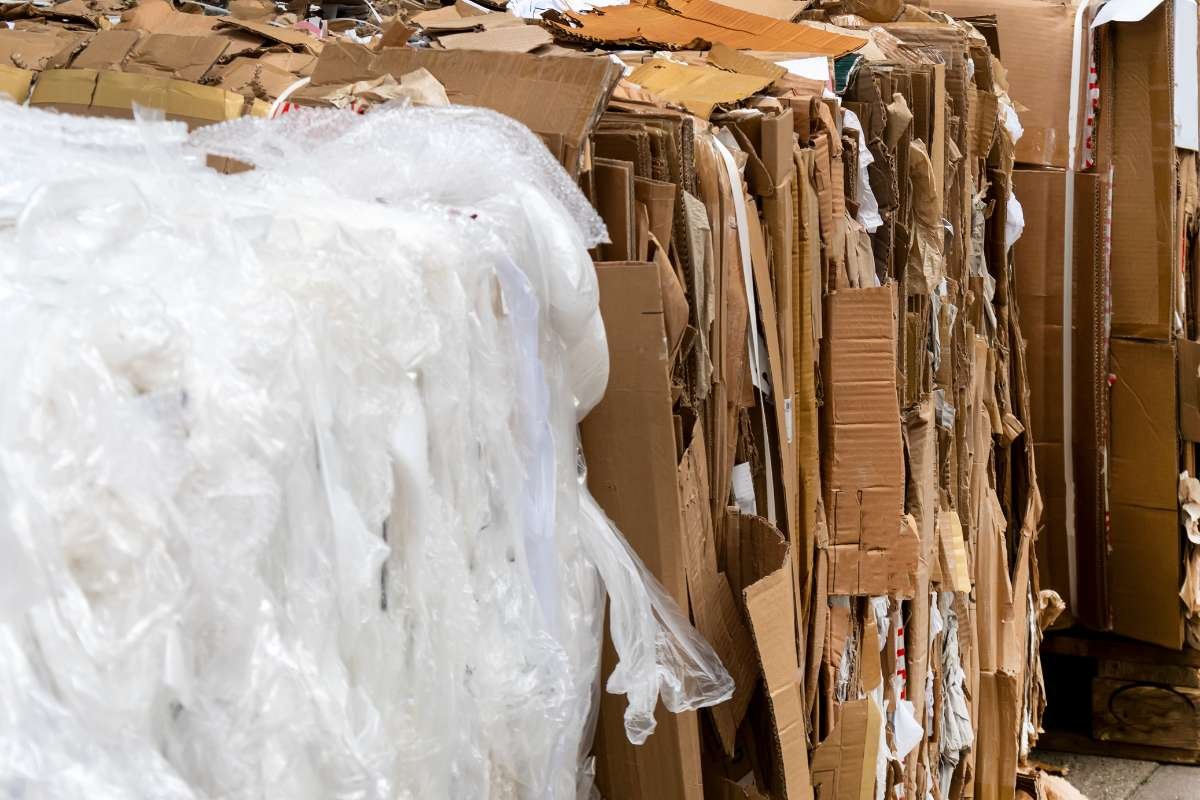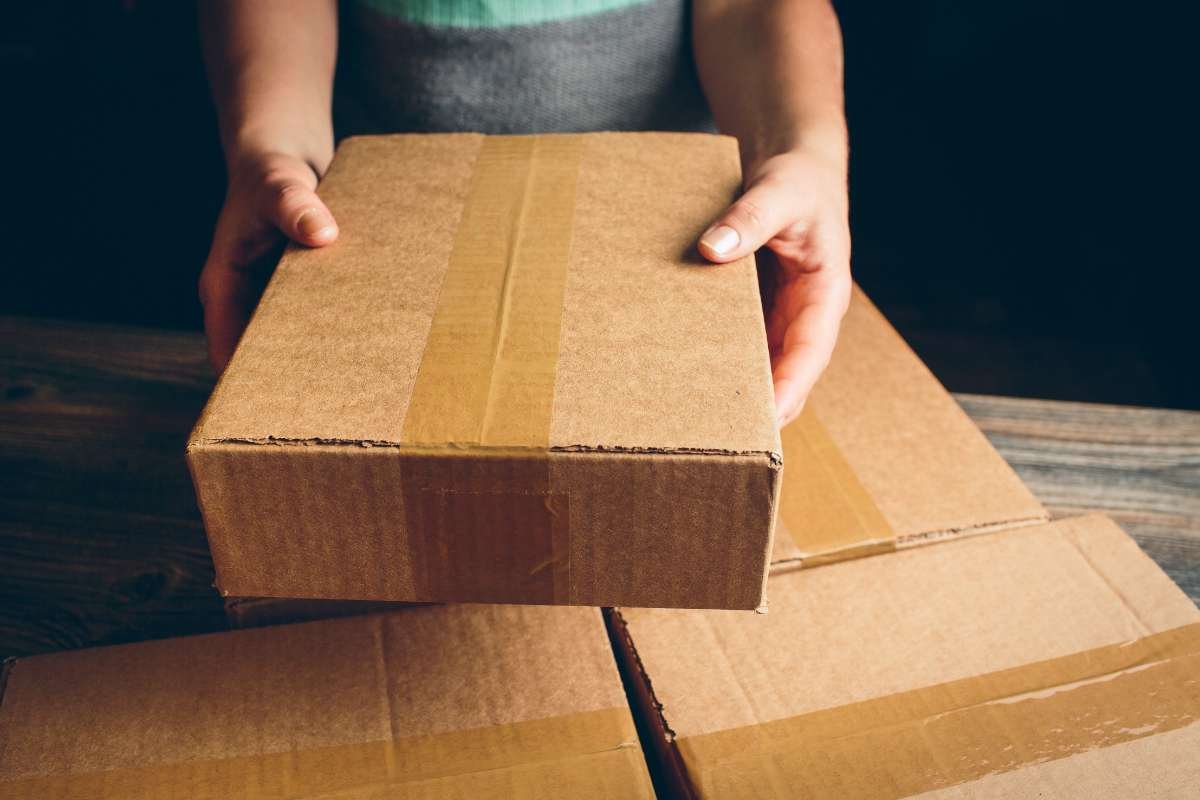Packaging is everywhere, from the boxes that protect fragile items to the sleek plastic wrap that keeps food fresh. For women leading businesses, taking a closer look at packaging waste solutions for businesses is more than a matter of sustainability. It is a strategic decision that reflects your brand values and directly impacts your bottom line.
In the United States, containers and packaging materials account for nearly 30 percent of the total municipal solid waste generated each year. According to the Environmental Protection Agency, this translates to over 80 million tons of waste annually. A significant portion of this waste ends up in landfills or as litter, causing long-term harm to ecosystems and local communities. Beyond the environmental impact, poorly managed packaging waste can also contribute to increased transportation costs and supply chain inefficiencies for businesses. This creates a ripple effect that ultimately affects your company’s bottom line and reputation as a leader in sustainability.
Paper and Cardboard: A Mixed Bag
Paper and cardboard materials, including popular options like wholesale corrugated mailers, have a surprisingly high recycling rate. Corrugated cardboard, used widely in shipping and e-commerce, boasts a recycling rate of over 90 percent. However, even with efficient recycling systems in place, paper and cardboard packaging still account for millions of tons of waste each year. Many businesses rely on these materials for their versatility and reliability, but leaders must weigh the benefits of convenience against the environmental toll. Addressing cardboard waste is crucial for effective packaging waste solutions for businesses.
Plastics: A Persistent Problem

Plastic packaging, especially single-use plastics, continues to be one of the biggest environmental concerns. Although lightweight and affordable, plastic waste typically has a recycling rate of less than 15 percent. Once discarded, it can remain in landfills for hundreds of years, releasing toxins that harm both human health and wildlife. The shift away from plastics has become a top priority for many businesses seeking to improve their environmental practices.
Glass and Aluminum: Recycling Champions with a Catch
Glass and aluminum offer more sustainable options for packaging due to their relatively high recycling rates. Glass containers can be recycled endlessly without losing quality, and aluminum beverage cans have a recycling rate of over 50 percent. However, these materials require significant energy to produce and transport, contributing to greenhouse gas emissions. Choosing glass or aluminum can reduce waste but also requires a careful look at the energy costs involved. These choices contribute significantly to overall packaging waste solutions for businesses.
The Financial Impact of Sustainable Packaging
Choosing the right packaging waste solutions for businesses has direct financial implications for businesses. Sustainable materials often cost more upfront, but they can pay dividends over time through reduced waste management costs, improved customer satisfaction, and even regulatory incentives in some markets. Packaging decisions are a visible sign of your business’s commitment to responsible practices.
Consumer Perceptions and Brand Reputation
Consumers today are more aware than ever of the environmental impact of packaging waste. Businesses that demonstrate a genuine commitment to sustainability tend to enjoy greater loyalty and positive brand recognition. Packaging choices influence how consumers view your brand, and poor decisions can erode trust. Making packaging sustainability a key part of your business strategy sends a clear message that you care about the planet and your customers.
Taking Action: Leadership and Collaboration

Women in leadership roles have an opportunity to set the tone for smarter packaging practices. Start by conducting an audit of your current packaging to identify areas for improvement. Collaborate with suppliers who share your commitment to sustainability and explore packaging innovations that reduce waste without sacrificing quality. Keep in mind that progress takes time, but setting clear goals and measuring outcomes can make a significant difference.
Encourage your team to be part of the solution. Small changes, such as switching to recycled materials or finding ways to reduce packaging volume, can add up quickly. Share your sustainability journey with customers and stakeholders to build transparency and foster trust.
Looking Ahead
As sustainability becomes a bigger priority in the business landscape, packaging waste will remain in the spotlight. Companies that proactively address this challenge can gain a competitive advantage while making a meaningful contribution to a healthier planet. Evaluating the materials you use, understanding their environmental impact, and embracing responsible alternatives can turn packaging from a liability into an asset. Businesses can also inspire customers by sharing their efforts and encouraging them to support sustainable practices, creating a shared commitment to change.
Understanding what’s really inside your packaging is crucial for any business looking to reduce waste and improve sustainability practices. From paper and cardboard to plastics, glass, and aluminum, every material choice carries environmental and financial consequences. Companies who prioritize these issues show customers and stakeholders that their business stands for more than just profit. They demonstrate a commitment to smarter, more responsible practices that protect communities and the planet. For more information, feel free to check out the accompanying resource below.








